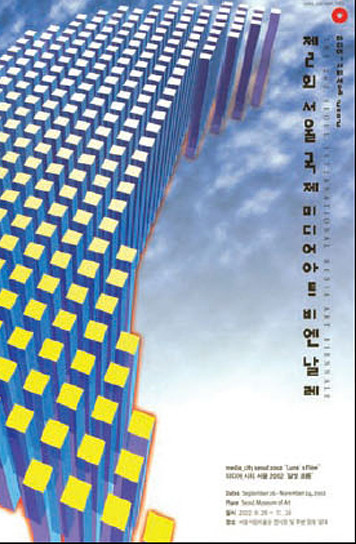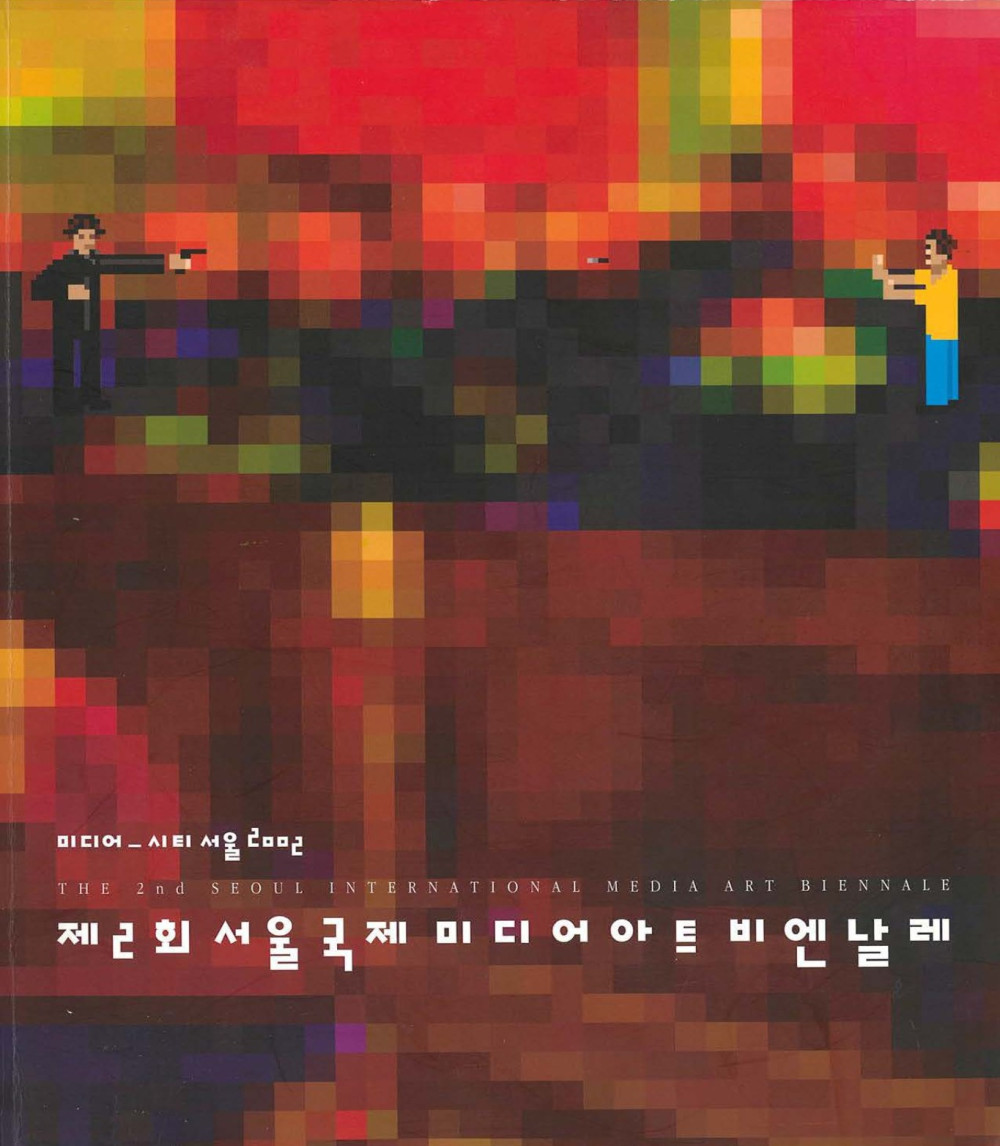Catherine Ikam is a painter, photographer, sculptor, computer graphics artist, and author of virtual environments; she has been using video since 1976. In 1980, she created an installation at the Georges Pompidou Center on the theme of identity, exploiting the various possibilities of video technology (pre-recorded, tape and closed-circuit systems, temporal and spatial gaps between recording and playback, fragmentation of the image). An itinerary leading through three “rooms” confronted the visitor with unexpected images: he was missing on the screen of Identity I, despite the camera trained on him, preparing for the “mirror effect” of closed-circuit television; but the five contiguous screens of Identity II in the next room showed his own delayed image, searching for its absent representation. In Identity III, the third stop of the itinerary, a “disintegration chamber,” in the words of Nam June Paik—the visitor was filmed from multiple angles by cameras with different focal lengths, and was confronted with his own live image exploded in space on nine monitors, each showing fractions of his face at different scales. A video sculpture, Fragments d’un archétype (a partial transposition on sixteen monitors of the Vitruvian Man drawn by Leonardo da Vinci), closed this journey through the “random chances” of self-representation (absence, repetition and fragmentation). This aesthetic of splitting and division returned in later works such as Valis (1987–1988), a labyrinth filled with decoys and digital simulacra of the human face, or News (1991), a work created from thousands of Polaroids taken from TV news broadcasts, conveying a reflection on the dissociation between reality and its televised simulacrum, “the electronic shadow theater.”
“Virtual presence, simulation, absence or disappearance of the referent behind the ‘electronic veil’ of the video image”—these are the themes that Catherine Ikam has been exploring in the nineties. She approaches them in their symbolic dimension, sometimes in a direct correspondence with religious iconography (as in the immense digital icons of the installation Ubik Ikam Ubik Anim, in Nîmes), more often on the basis of electronic manipulations of the human figure, which she uses for a reconsideration of the archetypes of the collective unconscious (the Minotaur, the Angel, etc.).
Created in 1992 in collaboration with Louis Fieri, the interactive installation L’Autre stages the meeting between the visitor and a three-dimensional synthesized face. The visitor’s movements give life to this electronic double, which adopts a range of primordial expressions. Ikam continues her investigations of identity in the electronic age with Portraits virtuels en forme de collection particulière (1995). Monitors display digital casts of faces, created with Cyberware. The rotating movement of these lacquer-textured faces reveals the void covered up by appearances; the empty faces are matched with resonating voices, stripped by sound morphing of all but their external contours.
Yurek, 1999
David, 1999. digital photography, cyberware capture. 50 × 45 cm
Courtesy of the artist

